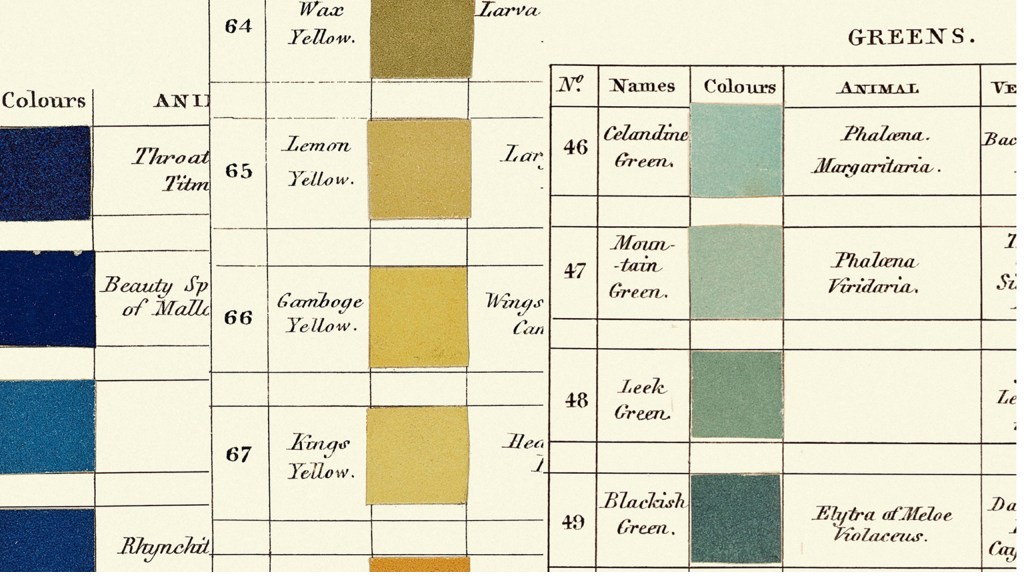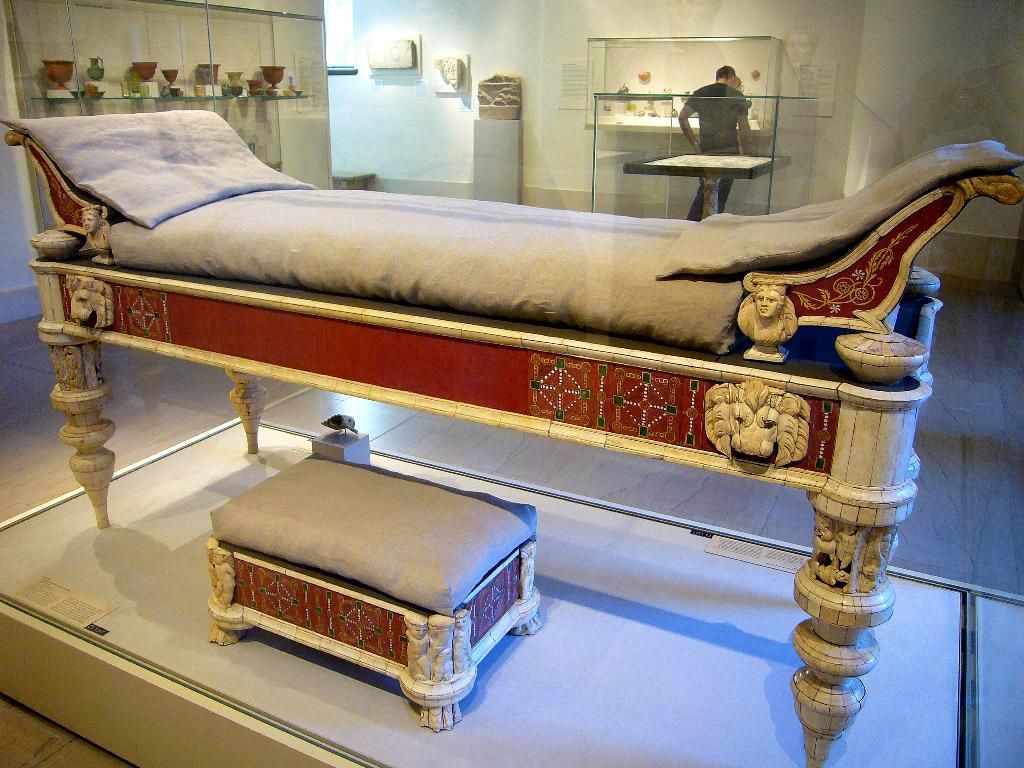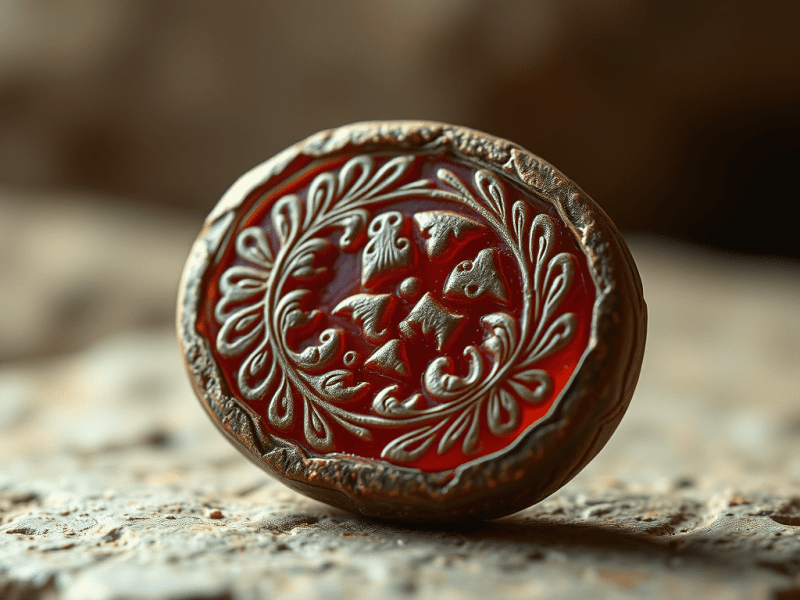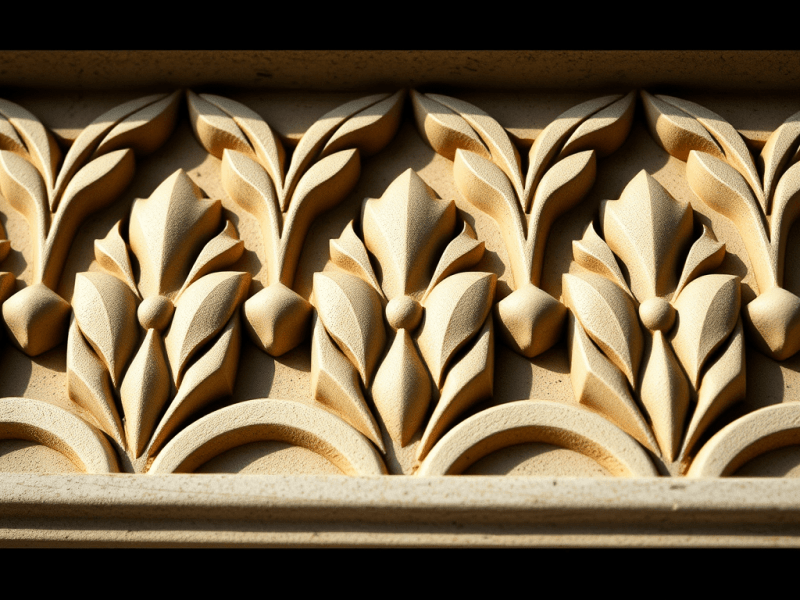
Japonisme was a French term used to describe a variety of European borrowings from Japanese art. The French generally first grasped the potential of Japanese precedents among painters and printmakers. Collectors and artists alike responded to Japan’s exotic and refined products shortly after the country opened trade ties in 1853. Exhibitions at London’s 1862 International Exhibition and subsequent World Fairs widened interest in its decorative arts.
Interest in Japanese Art
With the opening of trade with Japan following the expedition of the American Commodore Matthew Perry in 1853. The interest in Japanese art in the West, particularly in France, had started to develop. The artist Félix Bracquemond, a friend of the Goncourt brothers, was among the first interpreters of the style.
A new area of research
The French critic, collector and printmaker Philippe Burty designated a new area of research in 1872: artistic, historical and ethnographic, including decorative objects with Japanese designs (similar to the Chinoiserie of the 18th century), paintings of Japanese scenes and Western paintings, prints and decorative arts inspired by Japanese aesthetics. Japonaiserie, the depiction of Japanese subjects or artefacts in a Western-style, was differentiated by scholars in the 20th century from Japonisme, the more profound influence of Japanese aesthetics on Western art.
1867 Paris’Exposition Universelle
At the 1867 Paris ‘Exposition Universelle,’ the passion for the style was enhanced by the profusion of Japanese prints and goods. Japanese motifs and images were adopted by Japanese exponents and imitated their ceramic techniques. When Théodore Deck pioneered the emaux-en-relief method of enamel glazing in rich, saturated colours in 1874, the porcelain factories adopted the method. The massive facility in Bordeaux, owned by Albert and Charles Viellard, was one of these factories.
Many notable artists and designers were inspired by Japanese art and incorporated its elements into their works. Here are some famous Japonisme artists and designers:
- Vincent van Gogh: The Dutch post-impressionist painter Vincent van Gogh was heavily influenced by Japanese woodblock prints, particularly the works of ukiyo-e artists such as Hiroshige and Hokusai. Van Gogh’s use of vibrant colours, flattened perspective, and bold brushwork in his paintings reflects the influence of Japanese art.
- Claude Monet: The French impressionist painter Claude Monet was fascinated by Japanese prints and incorporated their stylized elements into his works. He often depicted Japanese gardens, water lilies, and bridges, capturing the serene and atmospheric qualities of Japanese art.
- James Abbott McNeill Whistler: The American-born artist James McNeill Whistler was known for his harmonious and refined compositions. He was influenced by Japanese art and aesthetics, incorporating delicate lines, asymmetry, and muted colour palettes into his paintings, most notably in his series of “Harmony in Grey and Green” portraits.
- Henri Toulouse-Lautrec: The French painter and printmaker Henri Toulouse-Lautrec was captivated by Japanese woodblock prints, especially their bold colours and simplified forms. His posters and prints often showcased the influence of Japanese art, particularly in his depictions of nightlife and entertainment scenes in Paris.
- Édouard Manet: The French painter Édouard Manet was among the first artists in Europe to collect Japanese woodblock prints. The flatness of Japanese compositions and the use of negative space had a profound impact on Manet’s work, influencing his style and subject matter.
- Louis Comfort Tiffany: The American artist and designer Louis Comfort Tiffany was renowned for his work in stained glass. He incorporated Japanese motifs, such as cherry blossoms and dragons, into his designs, creating intricate and colourful glass artworks that embraced the principles of Japonisme.
Sources
Byars, M., & Riley, T. (2004). The design encyclopedia. Laurence King Publishing.
Morgan, A. Japonisme. In The Oxford Dictionary of American Art and Artists. : Oxford University Press.
Design Dictionary and Terms
The Allure of Agate: History and Modern Uses
The agate cup in the V&A Museum illustrates the stone’s historical significance in art. Valued for beauty and versatility, agate…
Keep readingExploring Italian Gothic Design: Art and Architecture
Italian Gothic architecture, flourishing from the 12th to 16th centuries, blends Northern influences with classical heritage, showcasing elaborate façades, functional…
Keep readingExploring Lampblack in Decorative Arts
Lampblack powder, derived from soot, is a versatile black pigment widely used in inks, paints, calligraphy, and various decorative arts…
Keep readingThe Tarot: A Pictorial Journey in the Applied and Decorative Arts
The Tarot, a historical artistic and divinatory tool, blends pictorial design, symbolism, and craftsmanship, evolving through centuries while inspiring contemporary…
Keep reading56 Ecclesiastical Art and Vestments Terms and Definitions
The content outlines various ecclesiastical vestments, sacred vessels, and art used in Christian traditions, detailing their functions and significance in…
Keep readingThe Fitzhugh Pattern: A Classic Oriental Lowestoft Design
The Fitzhugh Pattern, a Chinese export porcelain design from 1815, features an American eagle and symbolizes U.S. trade, reflecting fascinating…
Keep readingElectroplate and Electroplating: A Revolutionary Manufacturing Process
The evolution of electroplating by Elkington & Co. transformed affordable luxury in 19th-century home goods, enhancing craftsmanship and accessibility while…
Keep readingTeardrop Cage: A Statement in Decorative Arts and Lighting
The Elegant Teardrop Industrial Style Lamp blends classic industrial design with modern utility, featuring a unique teardrop cage that enhances…
Keep readingExploring Janus: Symbolism in Architecture and Design
Janus, the Roman god of gates, doorways, transitions, and time, embodies the dual nature of beginnings and endings. His distinctive…
Keep readingGapestick a Historical Curiosity in Culinary Utensils
The gapestick, a large wooden cooking spoon from medieval kitchens, embodies humor and historical significance, illustrating its dual role in…
Keep readingThe Decorative Folding Screen: A Fusion of Art and Function in Interior Design
Folding screens, originating from ancient China, blend aesthetics and functionality in interior design, evolving into versatile room dividers and artistic…
Keep readingThe Vibrant World of Gaudy Pottery: Dutch, Ironstone, and Welsh
The decorative arts showcase the Gaudy ceramics of the 19th century, highlighting three distinct styles—Gaudy Dutch, Gaudy Ironstone, and Gaudy…
Keep readingFlow Blue Ceramics: A Guide to This Iconic Tableware
Flow Blue ceramics are renowned for vibrant cobalt designs with blurred patterns. Produced mainly in 19th-century England, they are prized…
Keep readingKey Features of Scandinavian Modernism
Scandinavian Modernism, emerging post-World War II, emphasizes functionality, natural materials, neutral colors, and light, promoting well-being and timeless design principles…
Keep readingExploring the Art of Majolica: A Glimpse into Vibrant Ceramic Tradition
Majolica is a vibrant pottery form that evolved from Moorish Spain to 19th-century England, cherished for its colorful designs, utility,…
Keep readingThe Art of Émail Ombrant: A 19th-Century Decorative Revolution
Émail ombrant, a 19th-century pottery technique, uses colored glaze to create depth and sophistication, reflecting artistic innovation and natural motifs,…
Keep readingThe Evolution of the Picture Frame: From Ornament to Minimalism
The picture frame has evolved from ornate, integrated designs to minimalist styles, reflecting artistic trends and technological advancements, adapting to…
Keep readingThe Alabastron: A Dual-purpose Vessel of Ancient Greece
The alabastron is a small, elegantly designed ancient Greek vessel for holding ointments and perfumes, reflecting both practicality and artistic…
Keep readingNeoplasticism: The Geometry of Purity in Art and Design
Neoplasticism, founded by Piet Mondrian and Theo van Doesburg in 1917, sought universal visual language through geometric abstraction, primary colors,…
Keep readingChiaroscuro: The Art of Light and Shadow in Design
Chiaroscuro, originating during the Renaissance, emphasizes light and shadow to enhance depth across various artistic fields, influencing aesthetics, mood, and…
Keep readingThe Artistic Legacy of Snuff Boxes: 18th and 19th Century Treasures
Snuff boxes, once status symbols crafted from luxurious materials, evolved into decorative art pieces, reflecting cultural values and personal identity,…
Keep readingNieuwe Kunst: The Dutch Art Nouveau Movement
Nieuwe Kunst, a Dutch Art Nouveau movement, emphasized geometric patterns, functionality, and the merging of fine arts with practicality, influencing…
Keep readingBrocade Weaving: History and Techniques Explained
Brocade is an intricate fabric with a rich history, originating in ancient China and evolving through cultures, known for luxury,…
Keep readingUnderstanding Critical and Inclusive Design Approaches
The design world embraces innovative concepts like critical design, inclusive design, and resonant design, emphasizing thoughtful questioning, user participation, and…
Keep readingThe Impact of Werner’s Nomenclature on Design
Werner’s Nomenclature of Colours, published in 1814, standardized colour classification using nature, influencing 19th-century science and art, and paving the…
Keep readingThe History and Impact of Chintz Fabric in Decorative Arts
Chintz fabric, originating in 16th-century India, has profoundly impacted decorative arts and fashion, known for its vibrant patterns and resurgence…
Keep readingUnderstanding Tambour Doors: A Historical Overview
The Amish Roll Top Desk features tambour doors, which are flexible wooden slats allowing seamless concealment of storage, optimizing space…
Keep readingRoman Lectus: The Ancient Couch That Defined Luxury & Modern Design
The lectus was a multifunctional Roman furniture piece, evolving from the Greek klinē, featuring comforts like headrests, ornamentation, and resembling…
Keep readingUnderstanding Stoneware: Composition and Characteristics
Stoneware is a durable, high-fired ceramic originating from ancient Mesopotamia, with significance in various cultures. Its versatility and glazing techniques…
Keep readingBenefits of Vintage Industrial Stacking Chairs
Vintage industrial stacking chairs by Cox & co are lightweight, durable, space-saving seats, eco-friendly in design, ideal for flexible seating…
Keep readingThe Caduceus: Historical Symbolism and Cultural Significance
The caduceus, symbolizing Mercury, features two serpent figures, signifying communication and mediation, and has historical ties to authority, peace, and…
Keep readingVesica Piscis: Sacred Symbolism in Christian Art and Gothic Architecture
The vesica piscis, a symbol in Christian art, frames sacred figures in architecture, stained glass, and seals, representing sanctity and…
Keep readingMonteith: The Chilling Bowl of English Elegance
The Monteith, a decorative bowl with a scalloped rim, evolved from silver to earthenware, serving as a centerpiece for social…
Keep readingMirror Black: The Lustrous Black Glaze of K’ang Hsi Ceramics
Mirror Black Glaze, from the Qing Dynasty’s K’ang Hsi period, features a reflective quality with rich colors, showcasing skilled craftsmanship…
Keep readingThe Vase: Symbolism, History, and Decorative Use in Art and Architecture
Vases hold significant symbolic and functional roles throughout history, reflecting beliefs, traditions, and artistic styles, evolving from essential domestic tools…
Keep readingJapanese Fret: A Unique Geometric Motif in Traditional Japanese Art
The Japanese fret is a distinctive geometric pattern in art, appreciated for its irregular style, versatility, and cultural significance, influencing…
Keep readingIvy in Ancient Art and Architecture: Symbolism and Decoration
Ivy, significant in ancient cultures, symbolized Dionysus, friendship, and fidelity, adorning art and architecture while influencing decorative designs throughout history.
Keep readingImbrication: The Art of Overlapping Patterns in Architecture
Imbrication is a roofing technique involving overlapping tiles, enhancing water drainage and durability. It evolved into decorative ornamentation in Norman…
Keep readingJardinière Velvet: Luxurious Silk Velvet for Elegant Interiors
Jardinière velvet is a luxurious fabric featuring vibrant floral patterns on a light background, ideal for elegant upholstery and drapery…
Keep readingIntaglio: The Ancient Art of Engraving
Intaglio is an ancient engraving technique where designs are carved below the surface, historically used for seals and jewelry, influencing…
Keep readingChristian Iconography: Influencing Decorative Arts Worldwide
Christian iconography has influenced art across cultures and time periods. It integrated local elements, spread through folk art, showed complex…
Keep readingRefined Simplicity: The Art of Minimalism in Decorative Design
Minimalism in decorative arts emphasizes simplicity, functionality, and high-quality materials, using clean lines, neutral colors, and space to create uncluttered,…
Keep readingThe Legacy of Lead Glaze: Beauty, Function, and Health
Lead glaze is a historical ceramic glaze using lead oxide for vibrant colors, durability, and glossy finish, but its health…
Keep readingTortoiseshell in Decorative Arts: Luxury Material
Tortoiseshell, derived from hawksbill turtle shells, is prized for its rich appearance. Once used in luxury goods, its use is…
Keep readingEgg and Tongue: Timeless Patterns in Ancient Architecture
The egg and tongue motif, originating in Greek Ionic architecture, symbolizes life and protection, evolving through Roman to modern designs,…
Keep readingExploring Kitsch Design: Sentimentality, Garishness, and Mass Production
Kitsch design, known for its sentimental, garish, mass-produced nature, prompts both ironic and genuine appreciation. Its impact on culture and…
Keep readingThe Evolution of the Desk: A Decorative Arts Perspective
Desks have evolved from sloping surfaces to modern ergonomic designs, reflecting the intersection of functionality and artistic craftsmanship over centuries.…
Keep readingDiscover the Elegance of Acajou Moucheté: A Timeless Treasure in Decorative Arts
Acajou Moucheté, a prized mahogany with mottled grain, is used in high-end furniture, veneer, musical instruments, and interior design with…
Keep readingThe Exquisite Art of Porcelain: Crafting Delicate Elegance
Porcelain is a remarkable ceramic material known for its hardness, delicacy, and characteristic translucence. Often associated with an elegant and…
Keep readingWhat is Haute Couture?
Haute Couture, stemming from mid-19th century Paris, emphasizes exclusivity, meticulous craftsmanship, luxurious materials, and innovative design. Today, it symbolizes luxury…
Keep readingYou may also be interested in
‘Exposition Universelle’ Paris 1900 – Encyclopedia of Design
Like a number of its predecessors and successors, the main object of the international 1900 Paris exhibition was to proclaim French preeminence in decorative arts, in this case, Art Nouveau, which had increased worldwide in the previous decade. One of the critical goals of the organisers was to stress the continuity between past and present-day French cultural achievements.
Starry Night by Van Gogh – Encyclopedia of Design
Van Gogh is one of my favourite artists. The painting “Starry Night” is one of his most beloved. It is an authentic landscape and a projection of Van Gogh’s inner being. Vortexes of deep azure spin around stars and a crescent moon. A giant green, black cypress tree blows in the wind.
Discover more from Encyclopedia of Design
Subscribe to get the latest posts sent to your email.

















































